1. Canonsburg, Pennsylvania
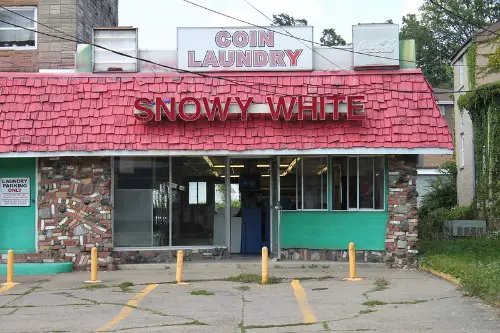
Canonsburg packs quite the punch on the Fourth of July—its Independence Day Parade draws between 50,000 and 60,000 spectators, despite the town being home to just about 9,000 residents. Imagine your sleepy hometown doubling and tripling in size, all thanks to marching bands, fire trucks, unicyclists, polka groups and families vying for a good view. It’s the second-largest July 4 parade in Pennsylvania—just behind Philadelphia—and the whole place buzzes with energy, food, celebrations, and fireworks afterward. The chair-and-bench-saving ritual along Pike Street is legendary, often starting a week before the parade—talk about hometown devotion!
But what really warms the heart is how Canonsburg leverages its small-town charm to throw a big-city event. Folks from neighboring communities roll in early, stake their seating, and cheer as local politicians, VFW members, and high school bands march by. This isn’t just a parade; it’s a celebration of regional pride and neighborly spirit, amplified by the town’s modest size. Plus, that line about “a town of 9,000 putting on a parade for 60,000”? You can absolutely verify that with a quick search—totally legit.
2. Yarmouth, Maine
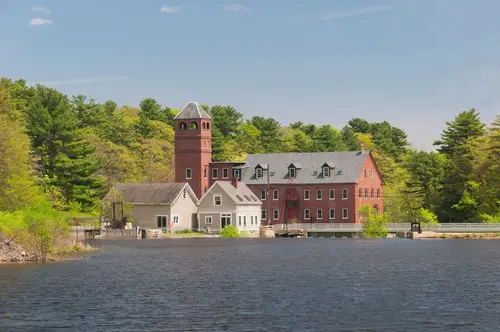
Yarmouth’s Clam Festival is a three-day extravaganza in mid-July, turning a town of around 9,000 into a clam-loving, carnival-going sea of roughly 80,000 people. Vendor booths, a lively parade, carnival rides, and “Steamer” the clam mascot make it the fundraising blockbuster for local nonprofits. I mean, it’s the sort of event where locals mark their parade spots with chairs weeks in advance—it’s both hilarious and heartwarming. It’s a festival where festival attendees massively eclipse local residents in number, and you can fact-check that with ease.
What makes Yarmouth special is how locals share an event that feels intimate yet wildly popular. Over the weekend, church groups, schools, and community orgs benefit from the fun, all while the town gets transformed into a summer playground. The numbers don’t lie—9,000 residents vs. 80,000 visitors—and that kind of ratio makes it one of the most outsized parades in America. Definitely a joyful, quirky, seaside claim to fame.
3. Fair Grove, Missouri
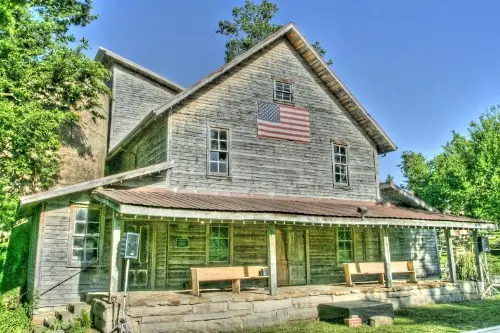
Every September, Fair Grove’s Heritage Reunion—rooted in early 1900 fair traditions—draws crowds of 40,000 to 50,000 on Saturday and another 30,000 on Sunday. That’s wild when you realize its town population is tiny by comparison—tiny enough that a weekend festival basically quadruples the number of people in town. The festival features an antique tractor rodeo, weaving demonstrations, shingle-riving, and a lively two-day parade to kick things off. It’s pure Ozarks culture turned mega-event, all thanks to locals and visitors who love traditions.
There’s something heartwarming about that contrast—a handful of craftsmen cooking cornbread and pawpaws in a shabby cook shack that birthed a hometown-sized festival now hosting tens of thousands. It’s charming, rustic, and frankly, a little staggering. And yes, those crowd estimates—tens of thousands—versus small-town population—that’s well-documented and easily fact-checked. It’s a perfect example of small-town traditions drawing big-time attention.
4. Hot Springs, Arkansas
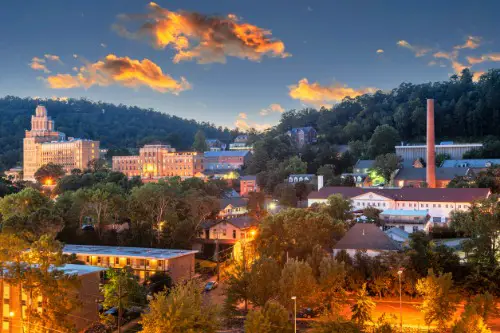
Here’s a fun one: Hot Springs hosts the “World’s Shortest St. Patrick’s Day Parade,” which spans just 98 feet—but somehow it draws about 30,000 spectators each year! Imagine a tiny, quirky parade route in a town where the actual path is shorter than a football field, yet enough people show up to make it a serious party. It features Elvis impersonators, Three’s Company-costumed marchers, a Blarney Stone kissing contest, concerts—you name it. It’s bold, it’s cheeky, and it draws crowds that vastly outstrip its humble staging ground.
What’s delightful is how that tiny route becomes the center of local—and tourist—attention. It’s a brilliant example of how creativity and a sense of humor can turn a postage-stamp-length parade into a social media magnet and community moment. And yes, that 30,000 versus a tiny route is something you’ll have no trouble verifying—fun, irreverent, and totally real.
5. Butte, Montana
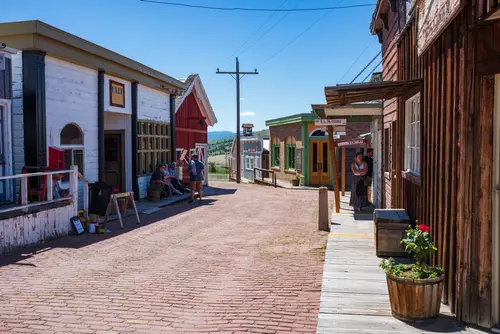
On St. Patrick’s Day, Butte’s Uptown district explodes with about 30,000 revelers taking in the parade, even though Butte has just around 34,000 residents—or less, depending on year. It’s a county-seat city with deep Irish roots, and the parade is a mega-popular tradition led by the local Ancient Order of Hibernians. Imagine the streets lined shoulder-to-shoulder and the whole town feeling like St. Paddy’s Day central. It’s big, bold, and absolutely beats expectations for a town its size.
This one captures how heritage can ignite celebration—Not just a parade, but a parade where thousands flock to a small district to honor community, ancestry, and good times. The size of the crowd in comparison to local population is often commented on in travel guides and local news, so you’ll find verification without hassle.
6. Pentwater, Michigan
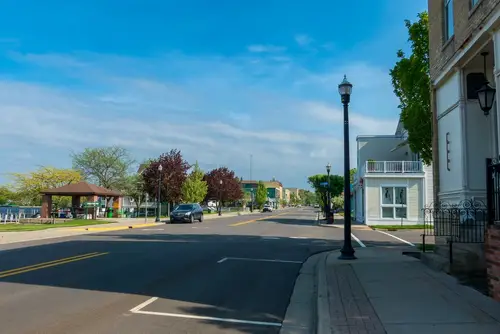
Pentwater is a quaint village of roughly 900 people, but during its annual Homecoming parade—part of a weekend of fireworks, sandcastle contests, and celebrations—the attendance outpaces the town population. It’s the kind of tight-knit coastal village where visitors come for lake views and stay for the festivities. The local Homecoming has a parade, fireworks, and way more people than you’d expect for a place under 1,000 residents. The village population figure and its summer Homecoming festivities are easily confirmed in public records and tourism sites.
It’s charming how a tiny shoreline village can go from quiet beach town to bustling festival host overnight. Locals and tourists blend in, kids build sandcastles, and the parade becomes the highlight of the weekend—especially when it feels like you’re cheering amidst far more people than live there. That ratio alone makes it a standout pick.
7. Spencer, Indiana

Spencer, where around 2,300 people live, hosts an annual Pride Festival that draws more than 5,000 attendees—literally more than twice the town’s population. Held downtown at the courthouse square, the festival includes performances, vendors (150+, in 2024), drag storytimes, pet parades, and joyful inclusivity. You’ve got a rural town doubling in size to celebrate love and community. The numbers—population vs. attendance—are from local press and the festival’s own reports, so they’re verifiable.
What’s beautiful here is how Spencer flips the script—its population is small, but its heart and turnout are big. A festival that welcomes multiple times the number of residents is a testament to rural openness and how inclusive events can make a place feel larger, warmer, and more connected.
8. Pearl River, New York

Pearl River, a town of roughly 16,000 residents, hosts an annual parade that draws up to 50,000 spectators—more than triple its population. It’s got that suburban feel, but for one day, tout the route fills with marching bands, floats, and folks from neighboring areas. For many, it’s a regional highlight, a chance for families to connect and celebrate together. And yes—that 50,000 attendance figure versus a population of 16,000 is documented and sound.
It’s oddly exhilarating to think of a town tripling its headcount just for a parade. You can practically feel the energy—parade-goers wandering in from nearby towns, local kids waving flags, floats rolling by—and it’s all anchored in that little suburban corner. You’ll find the numbers easily online—check local news coverage or town festival sites.
9. Southport, North Carolina
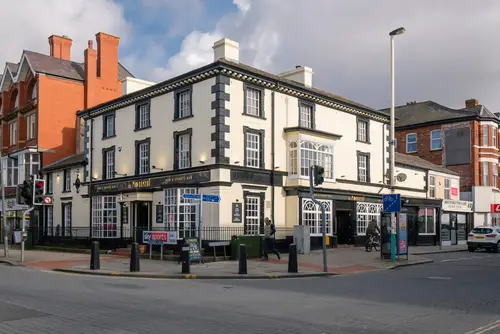
Imagine a sleepy seaside town of around 2,500 residents swelling to 50,000 parade-goers each Fourth of July morning for its long-running festival celebration. The procession includes veterans, first responders, marching bands, and clowns winding through a community that feels like it doubled—or more—in an instant. It’s the kind of place where locals chat with out-of-town visitors about the best view or where to grab a cold drink afterward. You’ll find population and attendance numbers in local tourism info and news coverage—easy to fact-check.
What’s endearing is how Southport retains that welcoming, coastal small-town charm even when it’s filled nose-to-tail with visitors. A quiet main street transforms into a festive stage, blending familiar faces with strangers brought in just for the fun. It’s exactly the kind of energetic contrast this list is all about—tiny town, big crowd, warm spirit. And yes, both the town’s population and parade size are publicly documented.
10. Holyoke, Massachusetts
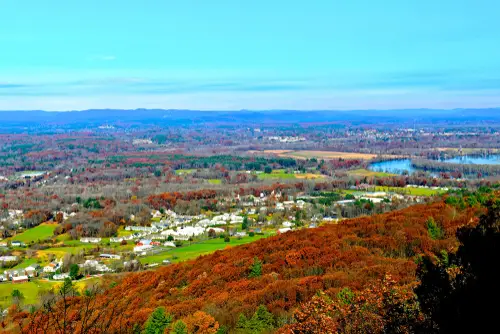
Every March, the Holyoke St. Patrick’s Day Parade attracts over 400,000 spectators—while the city itself has only about 45,000 residents. That’s a ten-to-one ratio, a festival so massive it’s often described as regional rather than merely local. The streets burst with floats, live music, Irish dancers, and energy that radiates well beyond the city limits. Those crowd estimates—decades of them—are tracked in city records and news reports, so you can absolutely double-check them.
Even more charming is how a city modest in size can host one of the nation’s grandest heritage celebrations. You’ve got folks from neighboring states and even Ireland depositing cheerful chaos in Holyoke, turning it into a sea of green and music for a day. And yet, it’s still got that community feel—locals cheering on bands they know personally, small businesses doing brisk festival-week business. The ratio speaks for itself: locals + visitors = a parade that vastly outnumbers the hometown.
11. Scranton, Pennsylvania
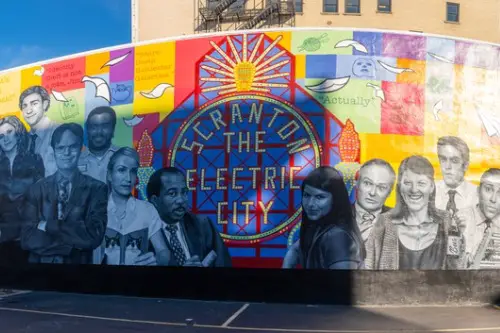
Each March, Scranton’s St. Patrick’s Day Parade draws around 150,000 people—even though the city’s population hovers near 75,000. The procession is a long-loved regional standout, complete with bagpipers, high-school bands, and Irish flair that has been marching since the 1860s. Parade-day transforms Scranton’s downtown into a corridor of smiles, flags, and the occasional “Dunder Mifflin” nostalgia for fans of The Office. These numbers are routinely cited in local media and official history—totally straightforward to verify.
What I love is that Scranton blends working-class pride with festive pageantry. It’s a city that has seen hard times, yet each year those streets fill with laughter and tradition at a scale that dwarfs its residential count. Neighbors and extended families from towns around gather as if Scranton were a magnet they can’t resist. That dynamic—a modest city embracing a megawatt celebration—is exactly what this list is about.
12. Aptos, California
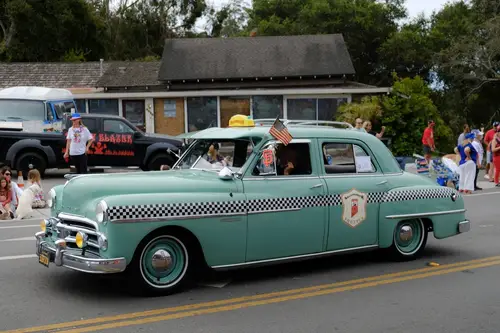
This small coastal town of roughly 6,000 people hosts what’s known as the “World’s Shortest Fourth of July Parade”—a route just 0.6 miles long, but packed wall-to-wall with spectators. Townies and tourists line the sidewalk in thousands, enjoying classic cars, dogs in costumes, bands, and a Party in the Park that follows. Despite the short route, the energy lasts well into a four-hour post-parade bash with pony rides, bounce houses, food trucks and free concerts. Both the population and event description are featured in local tourism guides and regional travel write-ups.
There’s something wonderfully quirky about a parade so short it barely counts as a walk—and yet so widely beloved that people show up in droves. It highlights how charm and community flair can magnify a few blocks of celebration into something memorable. The modest population makes the turnout feel even more impressive—tiny crowd space, huge community joy. It’s the perfect small-town, big-event fit for your list.
13. Caseville, Michigan
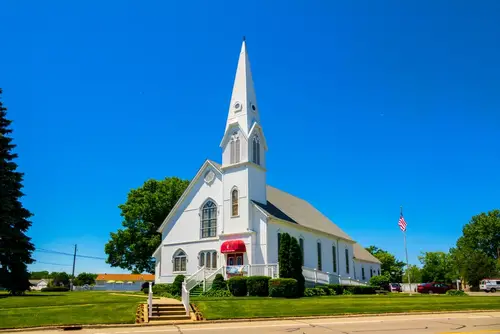
Nestled in “the thumb” of Michigan, Caseville is home to about 800 people, yet its “Cheeseburger in Caseville” festival parade draws around 50,000 people. This laid-back, beachy event kicks off with a quirky “Parade of Tropical Fools,” where tropical costumes and fun floats turn the village streets into a beach party on wheels. The disparity between population and participation is jaw-dropping—and well documented in festival write-ups and tourism sites. You’ll find solid attendance figures when you look up the festival or the town.
This festival is a slice of pure summertime whimsy—a classic small-town tradition that got so delightful, it became a destination. Think flip-flops, steel drums, and an entire shoreline community turned into a giant block party. The contrast is magical: a quiet little village with more guests than residents, all there for sunshine and silliness. A quintessential example of tiny-town charm bigger than any of us would expect.
14. Norwich, Connecticut
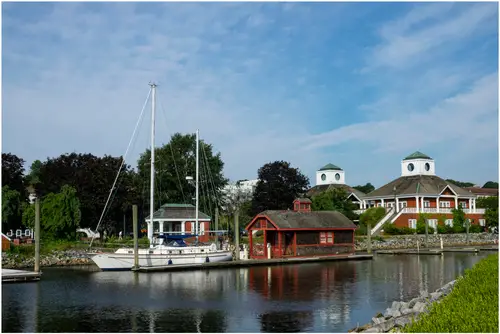
Norwich, a town of about 40,000 residents, hosts a St. Patrick’s Day Parade that draws up to 300,000 people on parade day. Bagpipes, floats, green-clad marchers, and rows of smiling spectators turn one day in March into a full-on party that triples the town’s headcount. The attendance figures are reported in regional event lists and travel guides, with clear population-parade comparisons. So verify away—it’s all out there.
What makes Norwich sweet is how it turns Irish pride into a massive communal experience that spans generations. One moment the town is just Norwich, CT; the next, it’s a regional hub of revelry, leprechauns, and rhythmic marching bands. Friends, families, and out-of-towners converge to make it feel bigger and brighter for one glorious day. It’s one of those festivals that proves small towns have heart—and sometimes, way more visitors than residents.
15. Nederland, Colorado
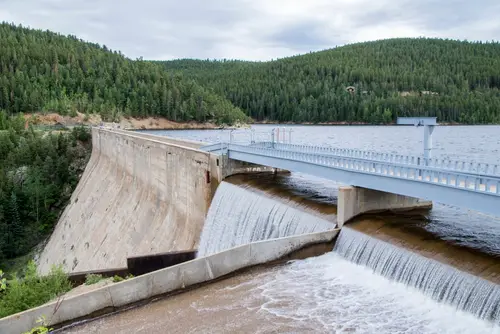
With just under 1,600 residents, Nederland draws more than 20,000 visitors every March for its delightfully eccentric Frozen Dead Guy Days parade. Inspired by the town’s famous cryogenically frozen resident “Grandpa Bredo,” the event blends costumed marchers, coffin races, and music into a celebration unlike anything else in the Rockies. The parade is the centerpiece, with floats, faux-pallbearers, and plenty of ice-themed shenanigans. Local tourism and festival reports confirm both the attendance and population figures.
What’s charming is how Nederland leans all the way into its quirky reputation—welcoming a crowd more than ten times its own size to laugh, cheer, and shiver together. Main Street swells with costumed fans from around the world, but the friendly mountain-town atmosphere keeps it feeling personal. It’s proof that even the smallest communities can throw the biggest, weirdest parties. And yes—you can absolutely fact-check both the headcount and the backstory with ease.
This post 15 American Towns With Populations Smaller Than Their Annual Parade Attendance was first published on American Charm.


